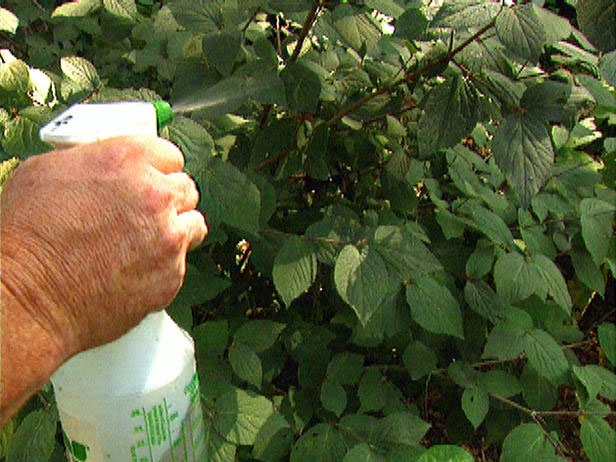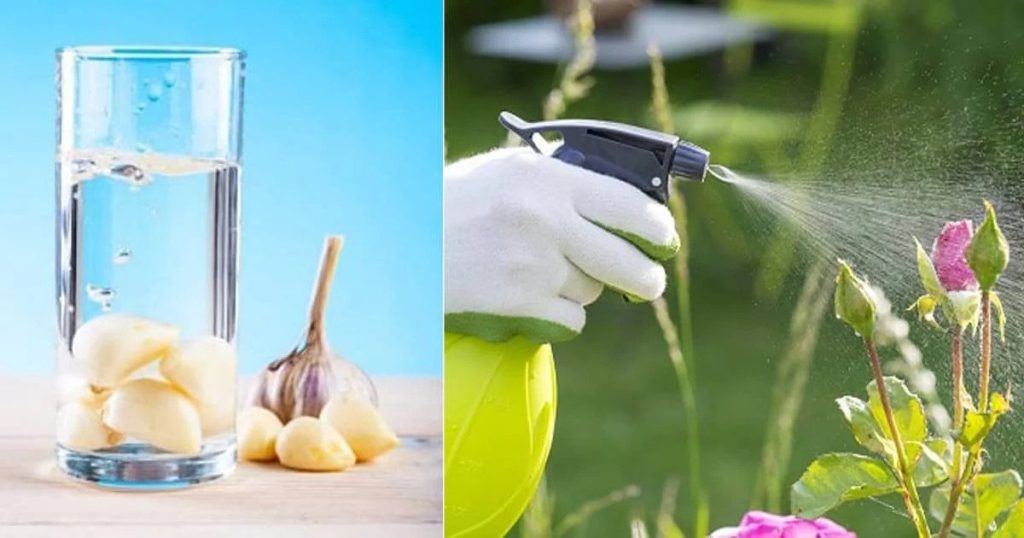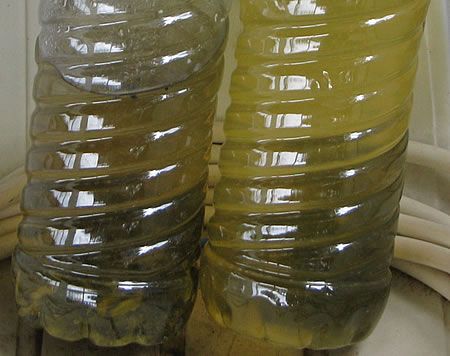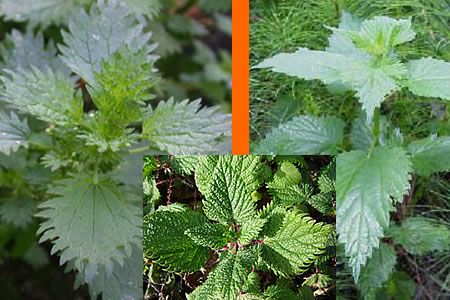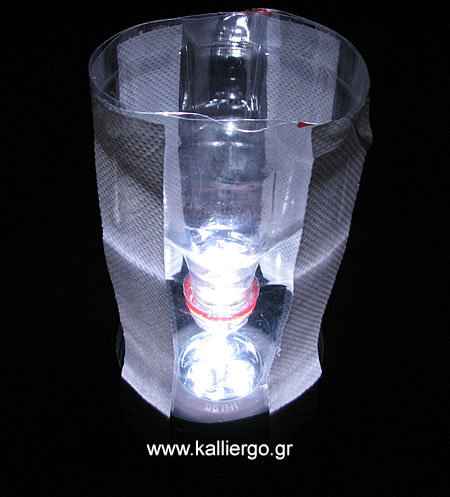On the internet you will find many DIY recipes for eco-friendly homemade fungicides.
I present you the simplest and most effective of them all. The recipes for homemade fungicides for our plants, with ingredients we have at home. All the recipes for fungicides for plants that you will find on the Internet, are just variations of these basic recipes. So why not learn and apply the simplest and most importantly effective fungicide recipes!
To deal with fungal infestation of our plants we have three options:
- To use commercial fungicides purchased from nursery stores
- We can make our own fungicides with ingredients that we have at home or that we can easily find
- Do nothing and watch our plants wilt (not recommended)
Fungal diseases can be difficult to treat. It is often difficult to completely get rid of a fungus that has attacked our plant.
If we don’t try to treat fungal diseases, they will spread throughout the plant and to the neighboring plants as well.
Fungi and the diseases they cause, can’t just plague a plant, they can destroy it.
Preventive measures for fungal diseases on plants
Before we move on to how we can make our own fungicides with simple materials we can find at home, I think it’s worth mentioning some preventative measures we can take.
- Ensure good air circulation between plants and foliage, making sure that you do not plant them too close together or have your pots too close to each other
- Always water at the base of the plant without wetting the leaves
- Remove fallen leaves around affected plants
- At the beginning of the growing season, place a fresh layer of straw or compost around the plants
Homemade fungicides that are easy to make with simple materials
Milk
Milk is a safe way to treat mildew especially on cucumbers.
You can use milk as it is or dilute it in a 1:1 ratio with water.
Spray the leaves of the affected plant.
Garlic
The use of garlic is relatively widespread as both a fungicide and insecticide.
To make a fungicide from garlic do the following:
- Put 10 cloves of garlic and 500 ml (half a litre) of water in a blender and mix
- Drain the mixture
Use the garlic decoction to spray the leaves of affected plants.
Keep in mind that garlic decoction is also a very effective insecticide. Its disadvantage is that it does not distinguish between beneficial and harmful insects, but it kills them all. So use it with caution and not too often.
Horticultural oils
We describe as horticultural oils, refined mineral oils or derivatives of oil used in agriculture and in the preparation of summer and winter pulp.
They are very cheap and can be obtained from agricultural stores.
Vegetable oils can also be used, with cottonseed oil being the most effective of all.
Vegetable oils can be used as fungicides and as insecticides especially for soft bugs like aphids.
As fungicides, they act as a barrier to the spread and propagation of fungal diseases.
Sulphur
Sulphur is used in two forms:
- in the form of a powder that we sprinkle on the plant
- as wet sulphur diluted in water and sprayed on the leaves
Do not use sulphur when temperatures are close to 40 degrees Celsius because instead of doing good, it does harm by burning the leaves.
Copper
It can be used in the form of Bordeaux paste, which is a combination of bluestone and lime.
Copper in the form of Bordeaux paste is a widespread fungicide. Our grandparents knew about it and used it.
But every metre is a good measure! Copper in high concentrations is toxic to plants and humans.
You can buy ready-made Bordeaux paste in powder form, from agricultural stores. It is cheap.
Compost tea
Compost tea, compost extract or compost tea is an effective way to treat fungal diseases.
Please read the instructions for making compost tea.
Baking soda
The humble baking soda combined with vegetable oil and dishwashing liquid or liquid soap is a very powerful fungicide!
Ingredients:
- 3.5 litres of water
- 15 grams of baking soda (bicarbonate of soda) = 1 tablespoon
- 15 grams of vegetable oil (you can use cottonseed oil) = 1 tablespoon
- 3 drops of liquid soap or dishwashing liquid
Preparation:
- Mix all ingredients well
All ingredients are thoroughly mixed.
Cornell formula
The above recipe is called the Cornell formula because it was first developed at the Cornell University Agricultural Department. At Cornell, Carl Sagan was a professor.
Tags: CARL SAGAN • CORNELL UNIVERSITY • ECO-FRIENDLY • FUNGICIDES • PLANT PROTECTION

